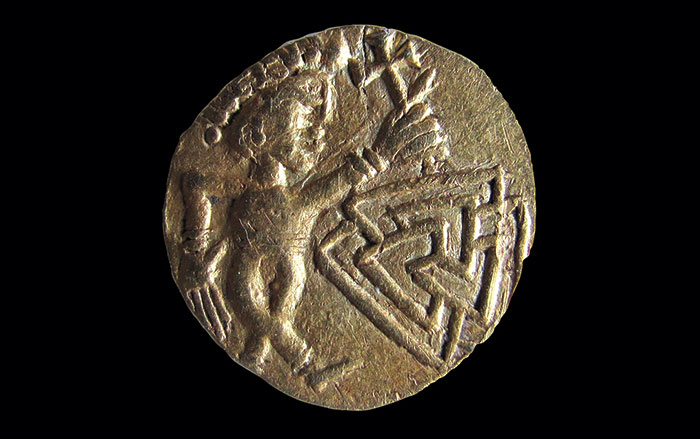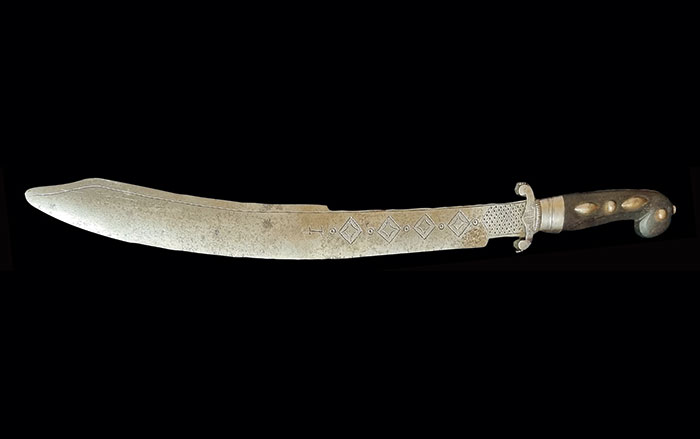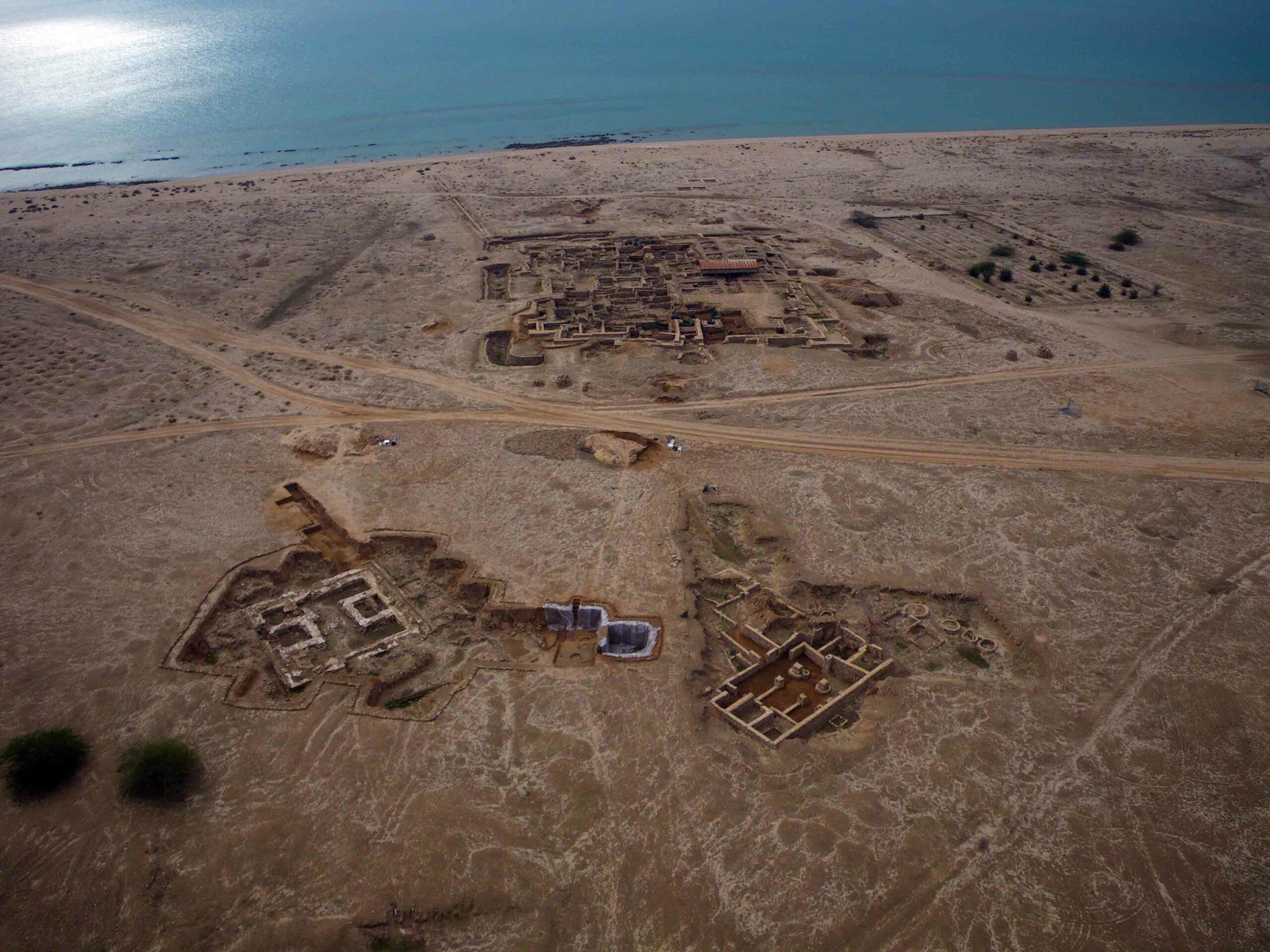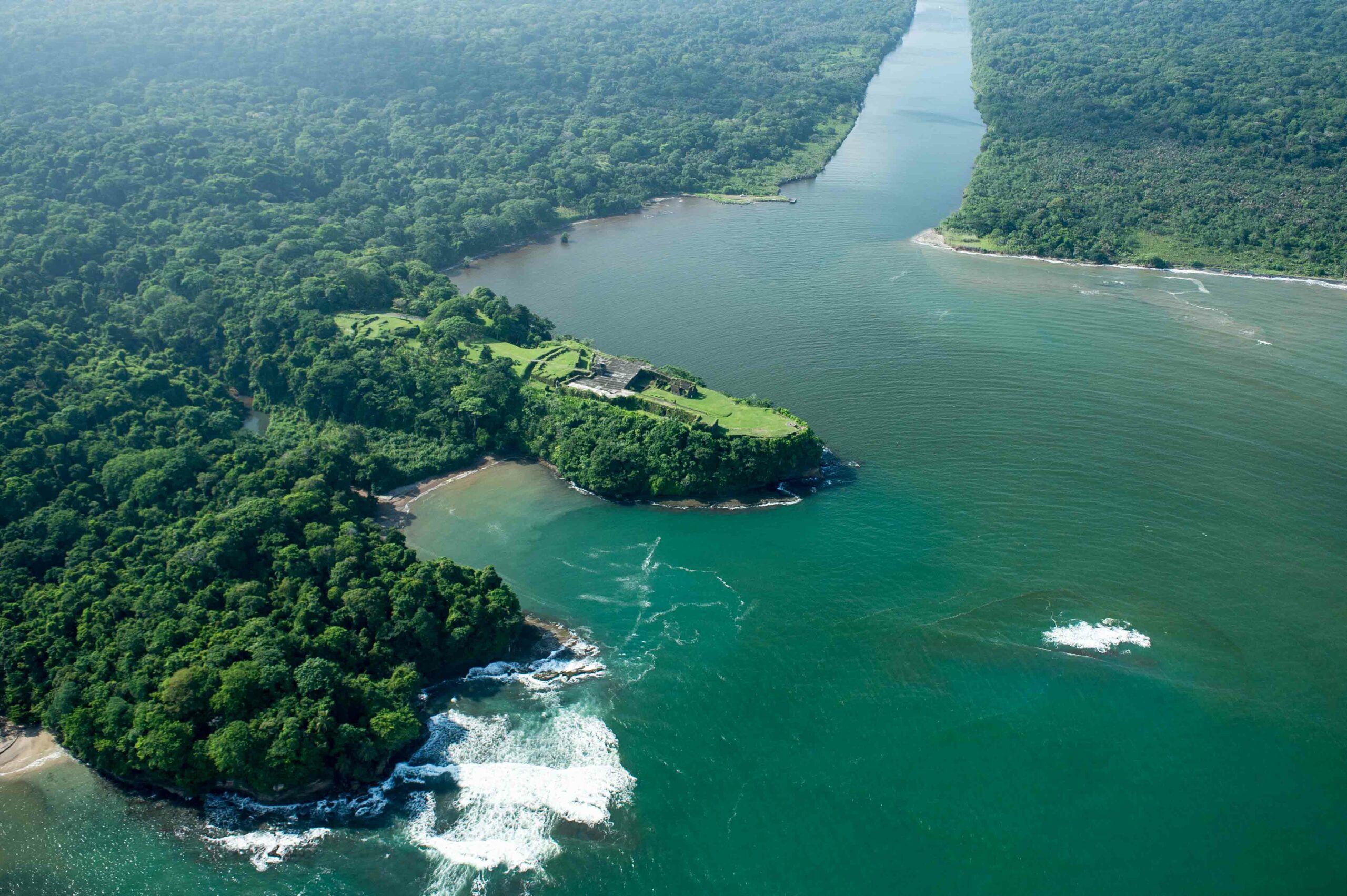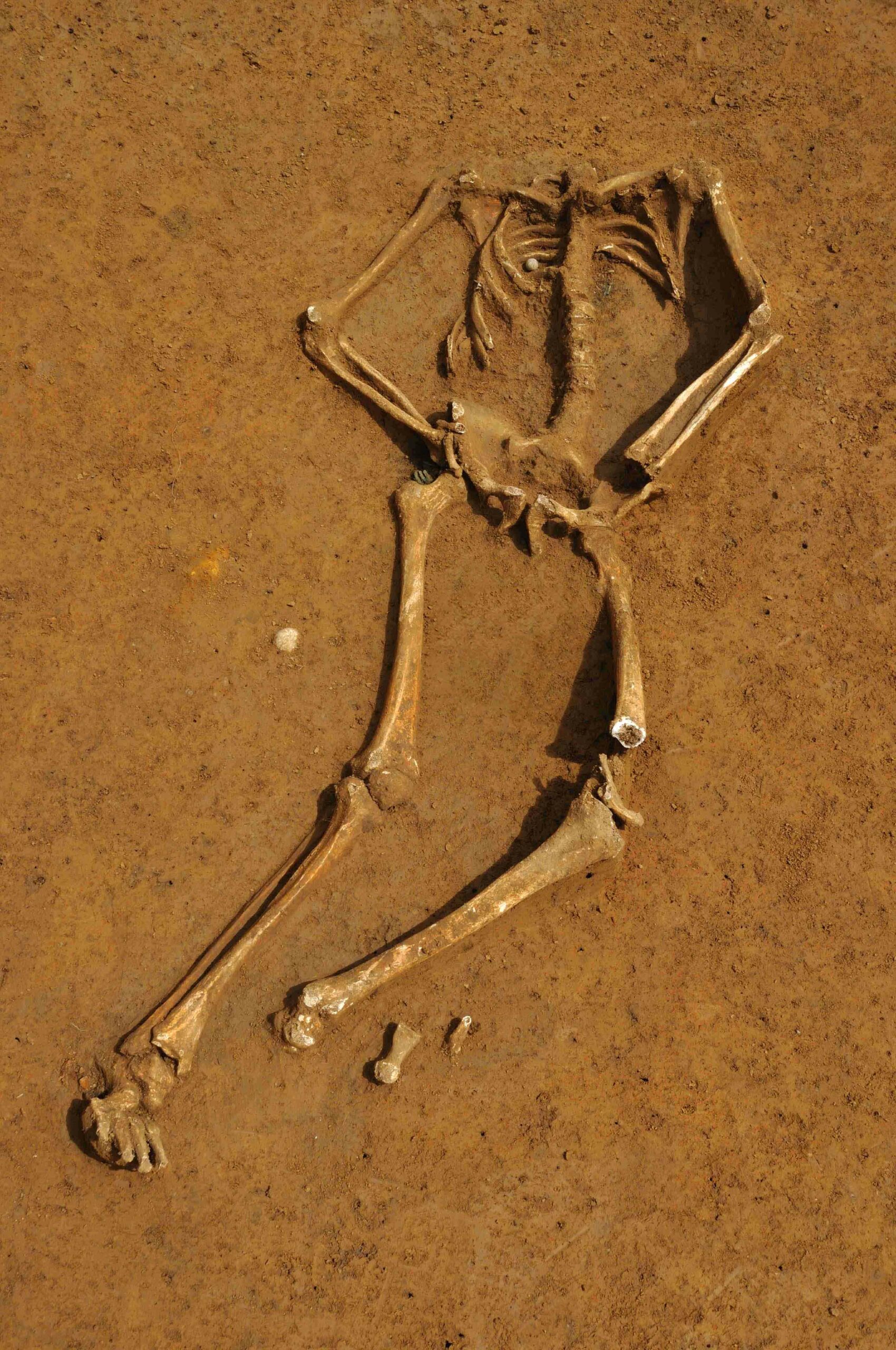
MES AYNAK, AFGHANISTAN—Possible setbacks in the plans to mine copper from the ancient Buddhist site of Mes Aynak could give archaeologists more time to rescue its Buddha statues, stupas, and other artifacts from destruction. Under the current agreement, permission for archaeologists to dig at the site will expire next month. “The cultural artifacts are the most important thing,” representatives from China Metallurgical Group reportedly told archaeologists earlier this year. But upcoming elections in Afghanistan and the scheduled withdrawal of NATO troops may impact the start of the mining operation. In addition, the Afghan government could seek to renegotiate their contract, which was negotiated six years ago. “When it comes to these types of big projects, there could be a need for some type of what we call correction measures to be taken. But as of now we have not launched any formal renegotiation with them,” said Wahidullah Shahrani, Afghanistan’s current minister of mines.




